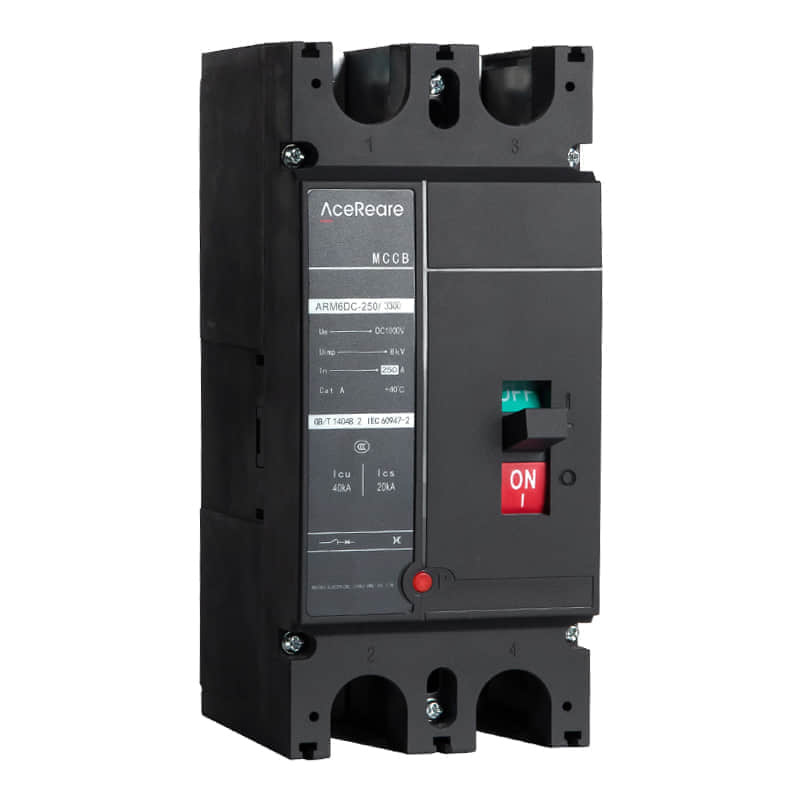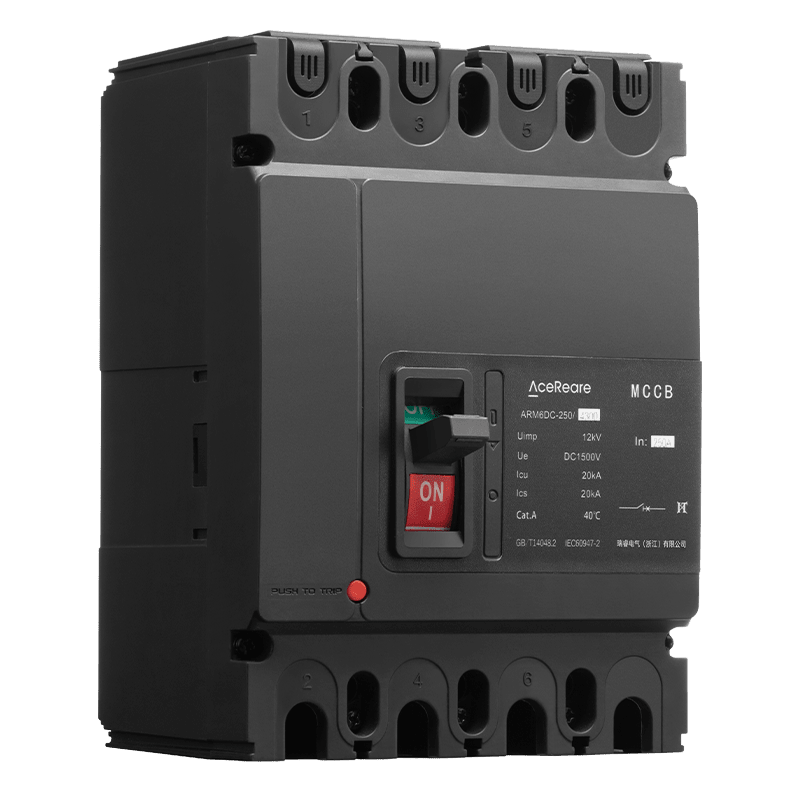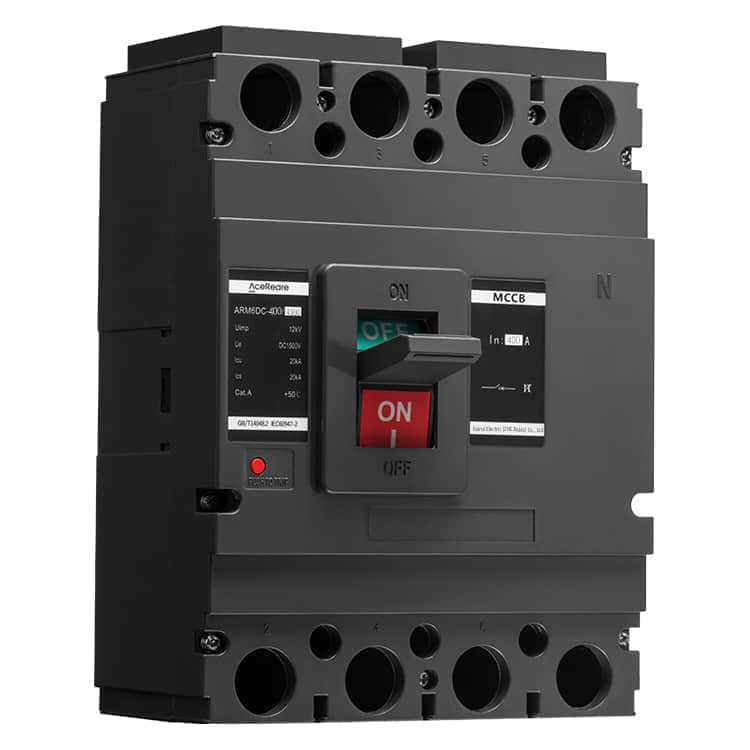In the ever-evolving landscape of renewable energy, photovoltaic (PV) systems have emerged as a pivotal component. Central to the safe and efficient operation of these systems is the Photovoltaic DC Circuit Breaker, a device that ensures the integrity and stability of the entire PV installation. This article explores the significance, functionality, and applications of Photovoltaic DC Circuit Breakers in modern solar energy systems.

Photovoltaic DC Circuit Breakers serve as the first line of defense against electrical hazards in PV systems. Their primary function is to interrupt the flow of direct current (DC) in the event of an overload, short circuit, or other abnormal conditions. By swiftly disconnecting the faulty section of the circuit, these breakers prevent potential damage to solar panels, inverters, batteries, and other critical components.

The design and operation of Photovoltaic DC Circuit Breakers are tailored to the specific requirements of PV systems. They are rated for high voltages and currents, making them suitable for use in large-scale solar installations. Additionally, they are equipped with advanced trip mechanisms that can detect and respond to various fault conditions with precision and speed. One of the key advantages of Photovoltaic DC Circuit Breakers is their ability to operate reliably in harsh environments. Solar energy systems are often deployed in remote locations, exposed to extreme temperatures, dust, and other environmental factors. The breakers are designed to withstand these conditions, ensuring uninterrupted protection for the PV system.

Leave a Reply